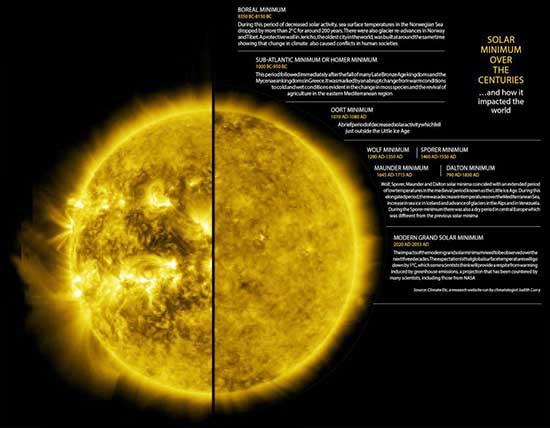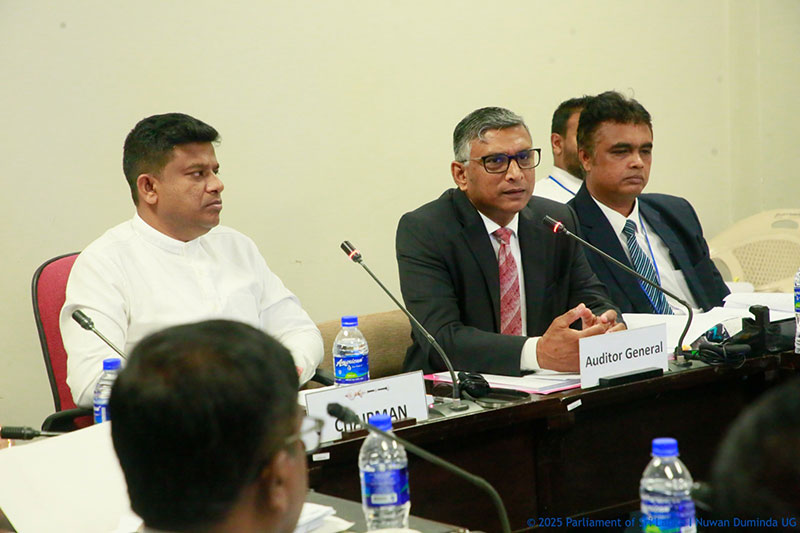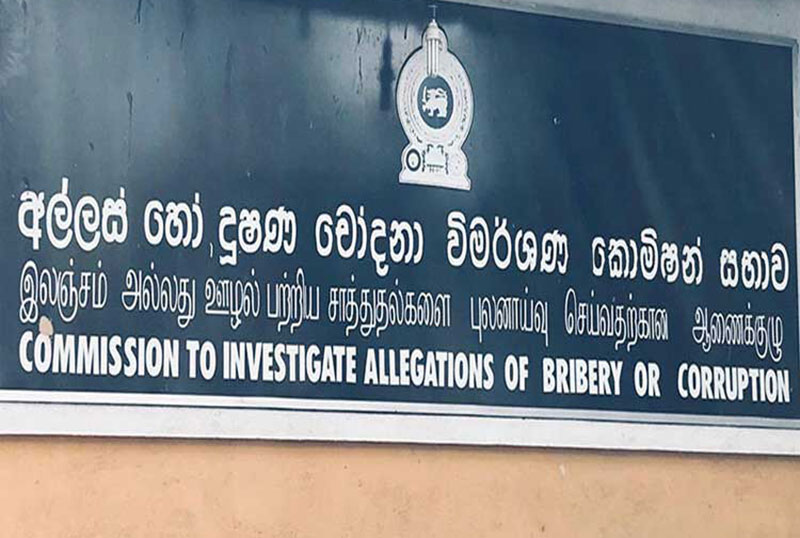News
Cold comfort: The sun is cooling; doesn’t mean there will be no global warming

A new 11-year-cycle of the Sun has begun. Scientists believe the Sun was at its weakest in 2019 in the last 100 years or so — known as the solar minimum — and 2020 marks the beginning of the 25th cycle. But the odd thing is that solar activity, measured by the number of Sun spots at any given time, is pretty low even in 2020.
Sun spots are areas of strong magnetic forces on the surface of the Sun — sometimes as large as planets — that appear as darker spots because they are cooler.
The Sun had no Sun spots for around 71 per cent in 2020 through September 21, 2020, compared to 77 per cent in 2019, according to the United States National Oceanic and Atmospheric Administration’s (NOAA) Space Environment Centre. In May this year, it was as high as 78 per cent, sparking fears of a Little Ice Age.
Scientists say the Sun may be going through a long period of decreased activity known as the Modern Grand Solar Minimum from 2020 to 2053. The last time such an event occurred was during the Maunder Minimum — from 1645 AD to 1710 AD, which was part of what is now known as the Little Ice Age — when Earth went through a series of elongated cold periods during the medieval centuries.
The alarm went off when a study predicted that the surface temperatures on Earth will go down noticeably during the Modern Grand Solar Minimum due to a 70 per cent reduction in solar magnetic activity.
The research paper, by Valentina Zarkhova of Northumbria University, the UK, was published in Temperature on August 4, 2020. To arrive at her conclusion, Zarkhova studied the complex magnetic activity in the interior of the Sun and how this impacts its total energy output measured as solar irradiance.
Variations in solar irradiance lead to heating of the upper layer of the Earth’s atmosphere and influences the transport of solar energy towards the planet’s surface.
Zarkhova studied the magnetic activity through the solar background magnetic field which occurs in the form of two magnetic waves inside the Sun.
When Zarkhova combined these two waves for solar cycles 21-26, she found that the Sun’s magnitude is going down in cycles 24-25 and becoming almost zero in cycle 26. She also found multiple grand solar minima events, including the current event from 2020-2053.
During the Maunder Minimum in the middle ages, the solar irradiance went down by 0.22 per cent or 3 watt per square metre (W/sqm) in 1710 AD when the period ended.
This brought down the temperatures in the Northern Hemisphere, especially in Europe, by 1-1.5 degree Celsius and led to frozen rivers, long cold winters and cold summers. This happened because of the complex impacts of decreased solar activity on the abundance of ozone in the Earth’s atmosphere and on climatic cycles such as the North Atlantic Oscillation (NAO).
The NAO, the balance between a permanent low-pressure system near Greenland and a permanent high-pressure system to its south, was in a negative phase during the Maunder Minimum. This plunged Europe into colder-than usual temperatures. – Down to Earth
Latest News
Sun directly overhead Kahawa, Meetiyagoda, Elamaldeniya, Ambakolawewa and Bundala at about 12:13 noon today (05th)

On the apparent northward relative motion of the sun, it is going to be directly over the latitudes of Sri Lanka from 05th to 14th of April this year.
The nearest areas of Sri Lanka over which the sun is overhead today (05th) are Kahawa, Meetiyagoda, Elamaldeniya, Ambakolawewa and Bundala at about 12:13 noon.
News
COPA reveals highway robbery in the guise of issuing permits to import EVs

A probe by the parliamentary watchdog, the Committee on Public Accounts (COPA), has revealed a significant misuse in the process of issuing licenses to import fully electric vehicles by Sri Lankans working abroad, based on foreign remittances.
The investigation found malpractices, including some importers holding over 600 electric vehicle licenses, as well as licenses being issued to individuals who had not travelled abroad during the relevant period.
The COPA probe, chaired by MP Aravinda Senarath, uncovered evidence that raised suspicions of money laundering in the issuance of licenses.
The Auditor General pointed out that the government lost Rs. 2.42 billion in tax revenue due to an increase in the luxury tax exemption limit for 921 vehicles imported up to September 30, 2024.
The Committee also discussed special audit reports related to a scheme, implemented between May 1, 2022, and September 15, 2023, which granted permits for the importation of fully electric vehicles for Sri Lankans employed abroad, based on foreign remittances.
The Auditor General revealed that 1,077 vehicle permits were issued during this period, of which 77 permits were later cancelled. He also noted that two main institutions acted as importers, providing facilities for 640 permit holders. This suggested that a business had been created under the guise of permit issuance.
Furthermore, due to an increase in the luxury tax exemption threshold, from Rs. 6 million to Rs. 12 million for 921 vehicles imported until September 30, 2024, the Auditor General stated that the government lost tax revenue amounting to Rs. 2.42 billion.
It was also revealed that four individuals, who had not travelled abroad during the relevant period, had been issued electric vehicle permits. Since the circular relevant to this scheme did not specify a minimum duration of overseas employment required for eligibility, individuals, who had been abroad for as little as three days or up to three months, as well as those who travelled intermittently, were granted permits. The Ministry of Labour and Foreign Employment had acted under this scheme before it was revised.
Deputy Ministers Maj Gen (rtd.) Aruna Jayasekera, Nalin Hewage, Sugath Thilakaratne, and MPs Kabir Hashim, Dr. M.L.A.M. Hizbullah, Chandana Sooriyaarachchi, Sagarika Athauda, Oshani Umanga, Dinindu Saman Hennayake, T.K. Jayasundara, Manjula Suraweera Arachchi, Ruwanthilaka Jayakody, Lal Premanath, and several government officials attended the meeting.
by Saman Indrajith
News
Warning from Bribery boss against making frivolous complaints about political victimisation

Director General of the Commission to Investigate Allegations of Bribery or Corruption, Ranga Dissanayake, says that the abuse of the term “political victimisation” will no longer be tolerated, and those who misuse the term will face strict legal action.
Dissanayake told a media conference held at the CIABOC auditorium: “There is a widespread perception that the law is not effectively enforced in this country. This perception has arisen because, as the President mentioned on Anti-Corruption Day, small fish are caught while the big fish escape. This perception exists for several reasons, including delays in the Bribery or Corruption Investigation Commission’s processes. At times, the public is unaware of the injustices that occur within the Commission.”
Addressing politicians who make public statements, he requested, “I sincerely ask political leaders who issue statements to the media to kindly refer to the Anti-Corruption Act No. 9 of 2023 that you have endorsed. Please refrain from making certain statements without a proper understanding. This law has been enacted independently of any prior connections or influences. I have been in this position since the beginning of this year. The Bribery Commission currently has 31 legal officers, and there is no capacity to recruit additional staff at this time.” He also highlighted the significant challenges faced by the Commission, revealing that approximately 4,000 unresolved case files remain due to limited resources and personnel. “No matter what we do, people will still ask, ‘How many criminals have been caught?’ This situation is the result of limited resources and staff,” he explained. Dissanayake also said: “If anyone is going to claim political victimisation, let them find evidence and prove it. Otherwise, the powers granted by this law will be used against those who make false claims.”
By Pradeep Prasanna
-

 News5 days ago
News5 days agoBid to include genocide allegation against Sri Lanka in Canada’s school curriculum thwarted
-

 Sports6 days ago
Sports6 days agoSri Lanka’s eternal search for the elusive all-rounder
-

 Sports2 days ago
Sports2 days agoTo play or not to play is Richmond’s decision
-

 Business1 day ago
Business1 day agoStrengthening SDG integration into provincial planning and development process
-

 News6 days ago
News6 days agoComBank crowned Global Finance Best SME Bank in Sri Lanka for 3rd successive year
-

 Features6 days ago
Features6 days agoSanctions by The Unpunished
-

 Features6 days ago
Features6 days agoMore parliamentary giants I was privileged to know
-

 Latest News4 days ago
Latest News4 days agoIPL 2025: Rookies Ashwani and Rickelton lead Mumbai Indians to first win











